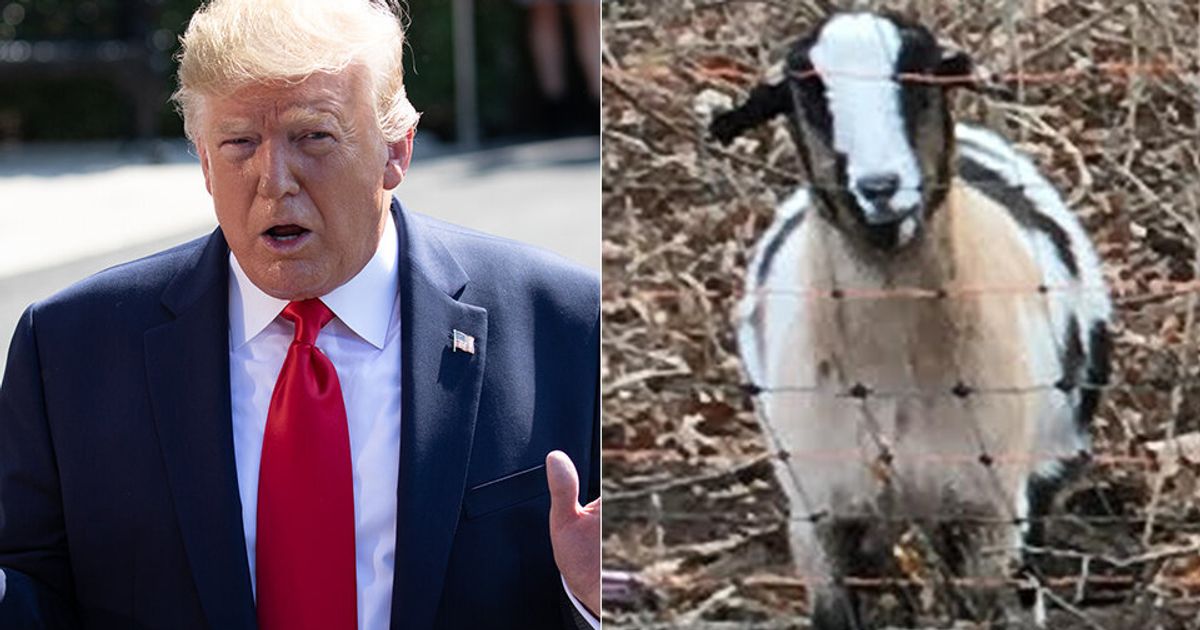Trump National Golf Club in Bedminster, New Jersey, will save $257,000 on its 2024 property taxes by raising 12 goats and producing hay on land designated as agricultural.
The 2024 Bedminster property tax obligations for the former US president’s golf course were made public by Golfweek on August 21. In its filing with the local tax authority, Trump National Golf Club listed nearly 129.5 hectares for commercial exploitation, 74 hectares for agricultural activities, including forest or wetland conservation, goat farming and hay production for cattle feed. The livestock part is listed as a member unit named Lamington Farm Club LLC, with 12 goats.
Goats are raised on the grounds of Trump National in Bedminster, New Jersey/ USA Today
With such a large agricultural footprint, Trump National in Bedminster is charged $450,000 for 129.5 hectares of commercial land and $1,168 for 70 hectares of agricultural land under the New Jersey Agricultural Land Tax Incentive Act. But without registration and the farmland, the Trump-owned business would have to pay more than $700,000 when the entire area is subject to commercial taxes of nearly $3,490 per hectare.
Read more: Kai Trump, Donald Trump's granddaughter, Commits to play golf for University of Miami
"That’s a saving of almost $257,000, Curtis calculates. “Donald Trump charges a $350,000 membership fee to anyone who wants to join his club,” local resident Jack Curtis expressed his frustration on Golfweek. “I hardly believe that Mr. Trump needs a 98% tax reduction when one new membership would more than pay for the taxes he is avoiding."
Curtis argues that the farmland is just a front for Trump to lower his tax liability because the activity there is insignificant, and that the administration needs to tighten the farmland tax incentive law. The system has been in place since 1964, with the last amendment in 2013 changing the minimum annual revenue requirement from $500 to the current $1,000.
According to Golfweek, the procedure for obtaining certification for incentives is actually quite loose, with only a review of documents and little actual verification or comparison. The process requires landowners to dedicate at least two hectares to agriculture, then fill out a form declaring their farming plan. Initially, eligible activities only included crop or livestock farming, but later expanded to include grass planting, forestry, and the creation or conservation of ecological wetlands. The 2013 law adjustment, effective to date, also accepted energy production from livestock waste, wind power, and solar power.
Find more Golf Brands you would like:
|
|





.png)


.jpg)
.jpg)





